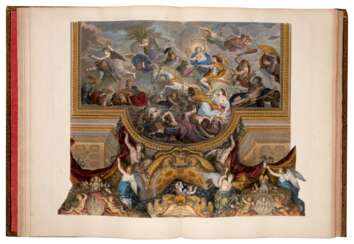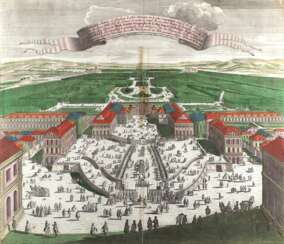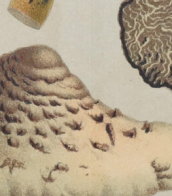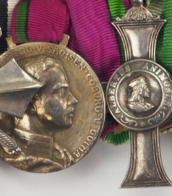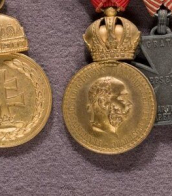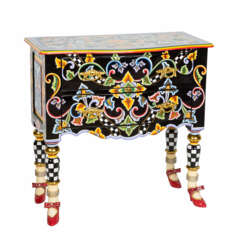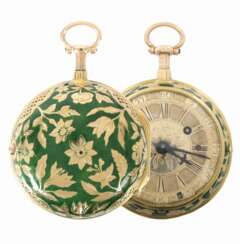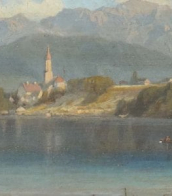versailles

Robert Polidori is a Canadian-American photographer known for his large-scale color images of architecture, urban environments and interiors. His work has been the subject of solo exhibitions at the Metropolitan Museum of Art (New York), Musée d'art contemporain de Montréal, Martin-Gropius-Bau museum (Berlin), and Instituto Moreira Salles (São Paulo and Rio de Janeiro). His photographs are also included in the collections of the Museum of Modern Art (New York), New Orleans Museum of Art, J. Paul Getty Museum (Los Angeles), Victoria & Albert Museum (London), Château de Versailles, Centre Pompidou (Paris), and Bibliothèque Nationale (Paris), as well as many private collections.

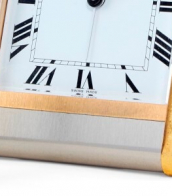
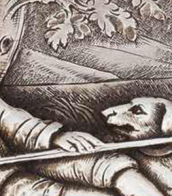
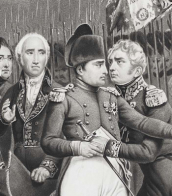
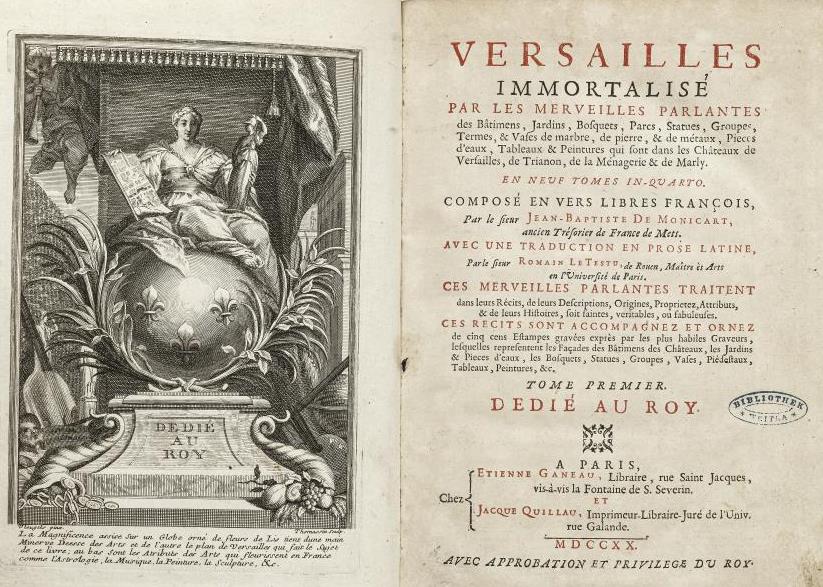
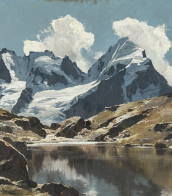
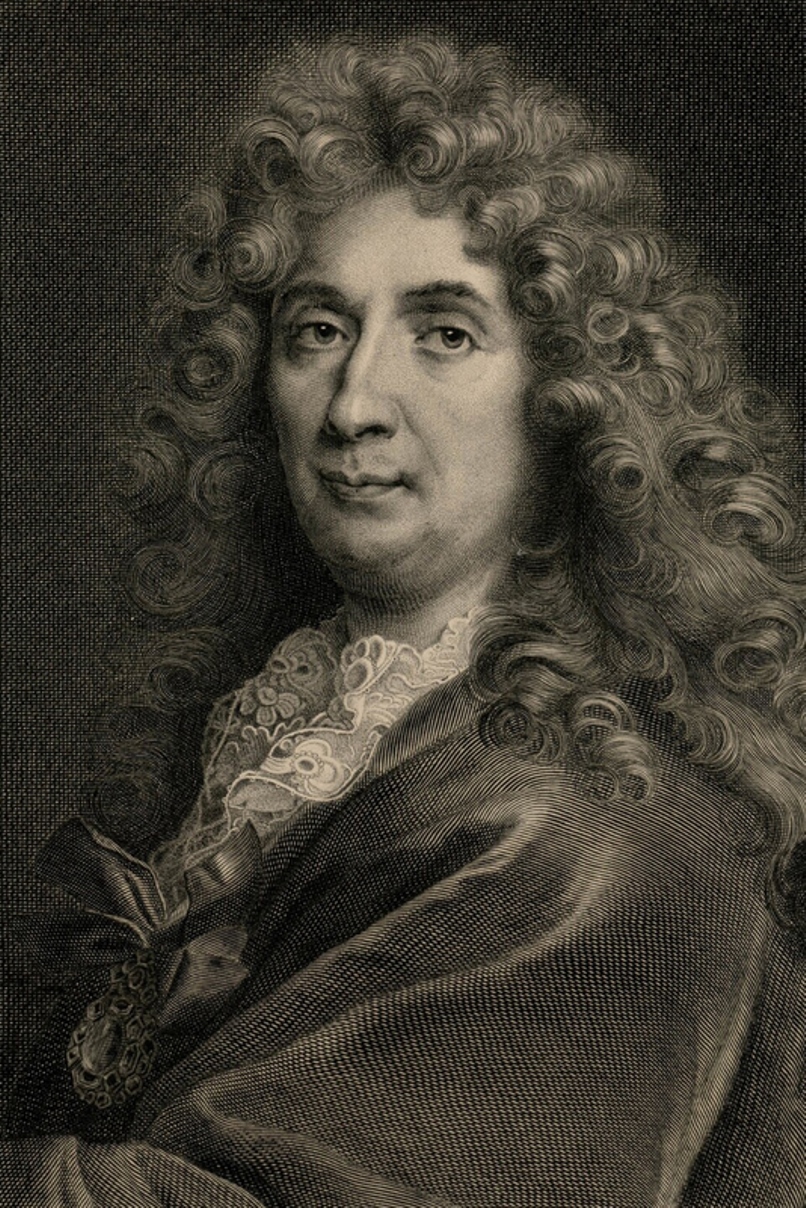
Charles Le Brun was a French painter, draftsman and chief decorator of the Palace of Versailles.
Charles came from an educated and respected family, trained in painting in Italy and very soon his talents were appreciated in the highest circles of France. In 1660 Le Brun painted "The Family of Darius before Alexander", which brought him the reputation of a brilliant French painter, and in 1664 he received the position of the first painter of the king. Thereafter he received more and more commissions and more honors.
From 1662 Le Brun controlled all the artistic projects of the royal court. In the Palace of Versailles, Lebrun created beautiful decorations: the Ambassadors' Staircase, the Hall of Mirrors, the Peace Room and the War Room. In each of his designs, he emphasized the king's achievements. He was also responsible for the decoration of the State Apartments, which was entrusted to the greatest artists of the time, who worked from his drawings. Le Brun also designed most of the statues in the park at Versailles. This enormous work cemented his reputation as a true seventeenth-century genius, as well as one of the founders, ideologues, and chief representatives of the classicist "grand style" of King Louis XIV's era.
In 1648 Le Brun became a founding member of the Royal Academy of Painting and Sculpture, and in 1663 - the manager of the Manufacture of tapestries.
Charles Le Brun was not only the creator of the "grand style", but also contributed to the rebirth of classicism into academism.

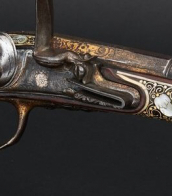
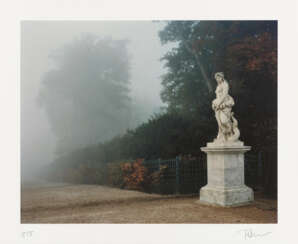



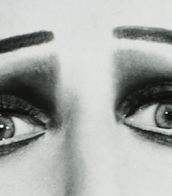
![[VERSAILLES]](/assets/image/picture_3567181/12321/88600636eca47f14d261db869247eb0a1700607600jpg__fix_374_244.jpeg)
![[VERSAILLES]](https://veryimportantlot.com/assets/image/picture_3567181/12321/88600636eca47f14d261db869247eb0a1700607600jpg__fix_374_244.jpeg)

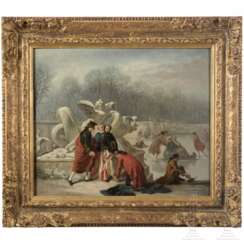


![[CHÂTEAU DE VERSAILLES]](/assets/image/picture_3567195/41a27/4ff7a80ce390eb15491dc0fef1b76c991700607600jpg__fix_374_244.jpeg)
![[CHÂTEAU DE VERSAILLES]](https://veryimportantlot.com/assets/image/picture_3567195/41a27/4ff7a80ce390eb15491dc0fef1b76c991700607600jpg__fix_374_244.jpeg)


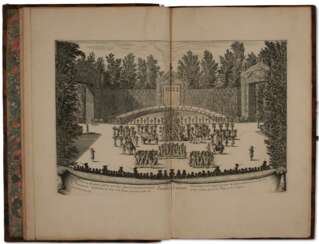

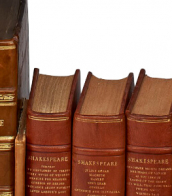


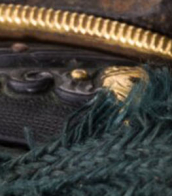


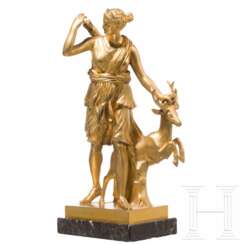

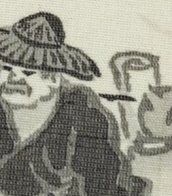


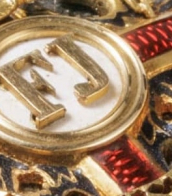


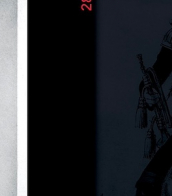


![Jean-Michel Moreau - ''Ouverture des États-Généraux à Versailles, le 5 Mai 1789 [...]'' - ''Constitution de l'Assemblée Nationale [...] à Versailles le 17. Juin 1789''](/assets/image/picture_1849413/228f9/czcoegjcm9diwze90pwhg13o830brg5urjcrhujxbsbhcc-ddbuht7lwyrsfoboj1637015008jpg__fix_374_244.jpeg)
![Jean-Michel Moreau - ''Ouverture des États-Généraux à Versailles, le 5 Mai 1789 [...]'' - ''Constitution de l'Assemblée Nationale [...] à Versailles le 17. Juin 1789''](https://veryimportantlot.com/assets/image/picture_1849413/228f9/czcoegjcm9diwze90pwhg13o830brg5urjcrhujxbsbhcc-ddbuht7lwyrsfoboj1637015008jpg__fix_374_244.jpeg)
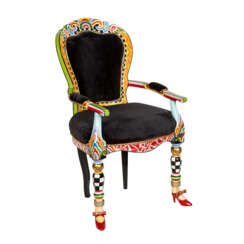

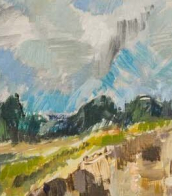


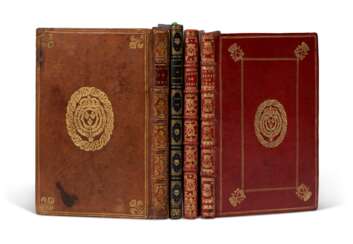

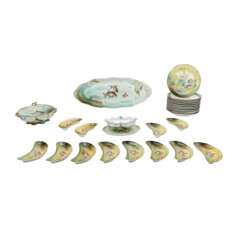

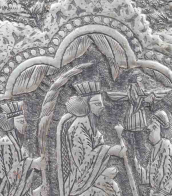


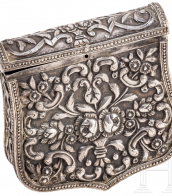




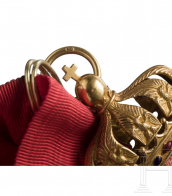


![Jean-Baptiste de Monicart - Versailles immortalisé, par les merveilles parlantes des bâtimens [...]](/assets/image/picture_2923233/d5e7a/jcg-fu3t2s9skxz6fd0uq9oymwngboir9z1t4j8o7cufid7eybryk1k1i2ldq1y1686780702jpg__fix_374_244.jpeg)
![Jean-Baptiste de Monicart - Versailles immortalisé, par les merveilles parlantes des bâtimens [...]](https://veryimportantlot.com/assets/image/picture_2923233/d5e7a/jcg-fu3t2s9skxz6fd0uq9oymwngboir9z1t4j8o7cufid7eybryk1k1i2ldq1y1686780702jpg__fix_374_244.jpeg)
